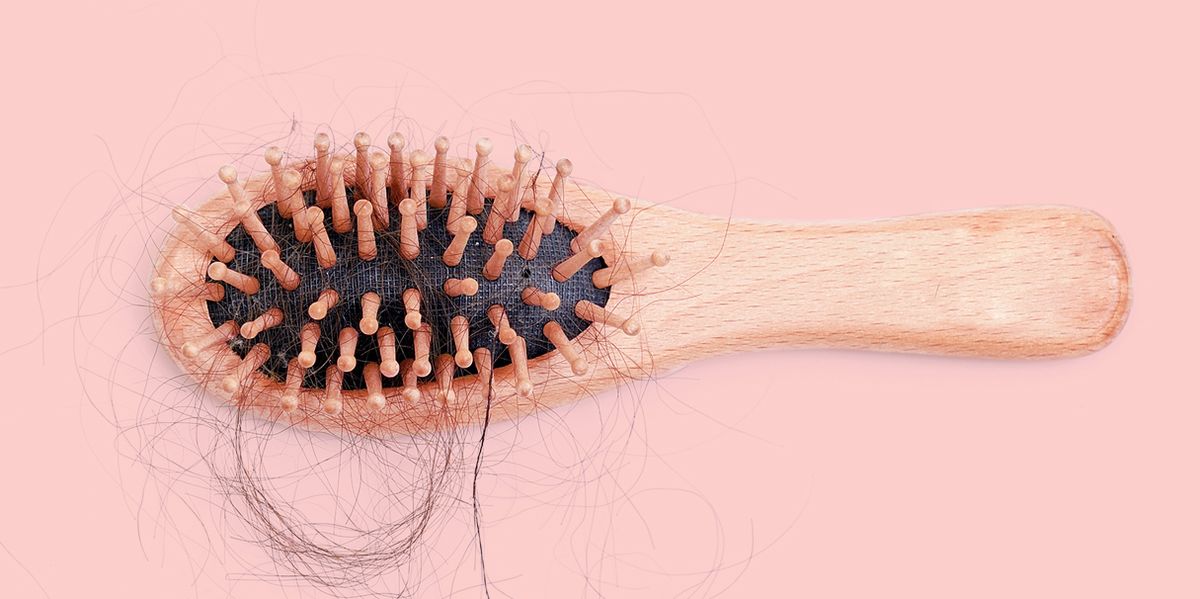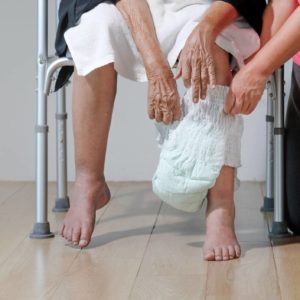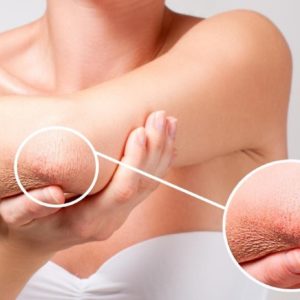From the first moment that you notice your hair is thinner than it used to be, a new journey begins. Whether or not you expected to experience genetic hair loss, the condition affects a huge portion of the world’s population, both women and men, and the progression of hair loss can look different depending on many factors including age, lifestyle, diet, and health status. However, there are a few typical stages of hair loss that most people will experience if they have a genetic predisposition to androgenetic alopecia, or pattern baldness.
The Stages of Hair Loss
For women, genetic hair loss doesn’t really follow a blueprint and can result in varying amounts of thinning all around the head as well as some separation at the hair part. However, male pattern baldness tends to follow a pattern over time that hundreds of medical professionals throughout history have studied. One of the most common hair loss scales is known as the Norwood Scale, a 1970s improvement upon a scale designed in the 1950s.
According to the Norwood Scale, stage 1 is represented by those who show no visible hair loss and stage 2 is slight receding at the hair line and temples. Stage 3 is split into two subgroups: 3A and 3 vertex. In 3A, hair loss becomes more noticeable as the hairline pulls farther back, creating somewhat of an “M” shape. In 3 vertex, also known as a less intense version of 3A, hair begins to thin at the crown of the head, usually showing a small bald spot. Most people will experience one of these, but not both.
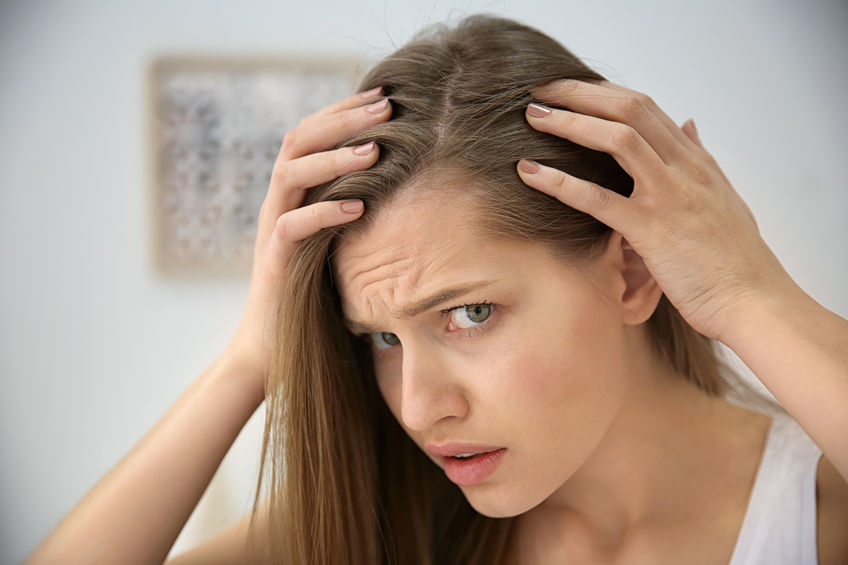
In stage 4, hair loss becomes what you would describe as “significant” and the receding hairline starts to resemble more of a “U” shape than an “M” shape. This usually also includes an expansion of any preexisting bald spots on the crown of the head. Stage 5 is similar to the previous stage but noticeably more severe, and stage 6 refers to those that are mostly bald at the top of their head as well as the front. This is usually when the receding hairline and bald spot on the crown start to merge. By stage 7, only a small ring of hair remains around the sides of the head, and the hairs that continue to grow in that area are generally weaker and thinner than they used to be.
After reading all of that, we know what you’re thinking: the hair loss process is intense and unforgiving. Though you may be discouraged while facing the early stages of genetic hair loss, it’s important to not give up hope. There are so many options for regaining your confidence during and after the hair loss process, and men and women around the world have found great success and happiness while facing hair loss head-on.
How to Cope with Hair Loss
Losing your hair can bring about big changes in your personal style and appearance. However, these changes don’t always have to be a bad thing. Many people, men in particular, make the choice to shave their head completely as their hair loss progresses, and this choice can make you feel powerful and in control.
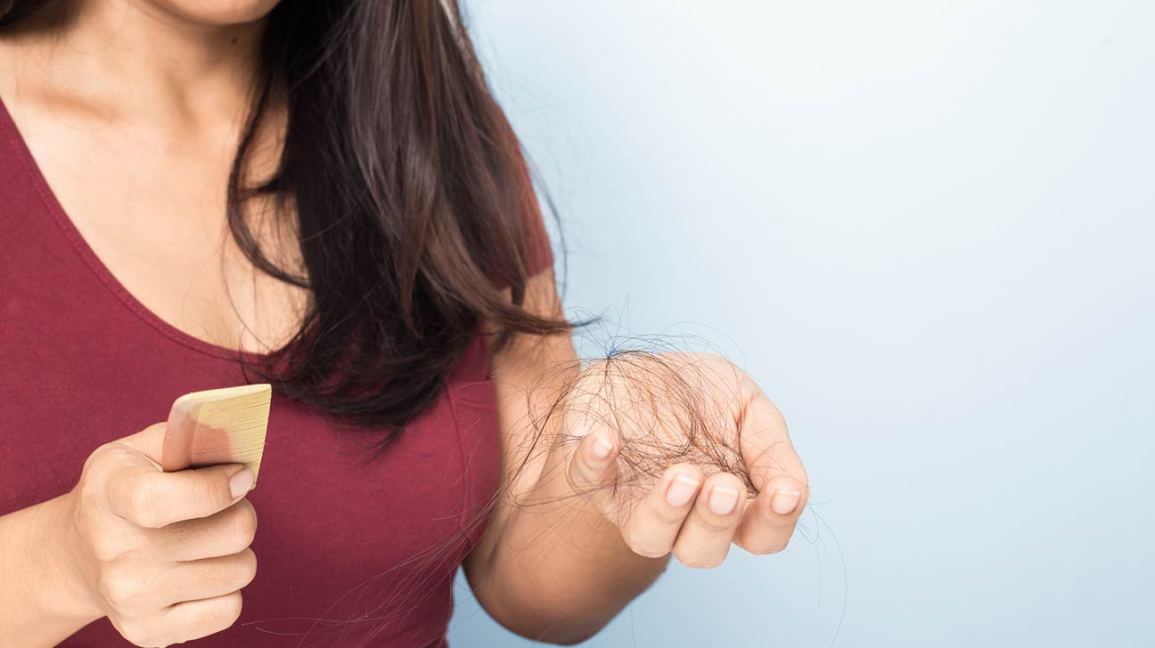
Sometimes, a change in hairstyle can be an effective way to mask hair loss. For example, women experiencing thinner, more brittle hair will often cut their hair short so that their thinning is less prominent. Men and women alike can also experiment with hair pieces or utilizing more hats and caps in their daily wardrobe to take the attention off of their changing hairline.
Though finding ways to mask or cover up your hair loss can be helpful, some people prefer to go to the source by utilizing hair loss treatments. Today, there is a variety of products available that not only slow genetic hair loss but also promote healthy hair growth. Many people experiencing hair loss have found success with laser hair caps, which rejuvenate the scalp and hair follicles using FDA-cleared low-level light therapy. These caps are designed to reap amazing results with very short periods of wear over several months.
Additionally, products that contain DHT blocking properties such as shampoos or vitamins can help to halt hair loss from the inside while improving the quality of the hair you already have. DHT is a testosterone byproduct that is closely linked to genetic hair loss, and these products contain all-natural ingredients within specially designed formulas that can inhibit your body’s production of DHT. Another helpful addition to your daily routine is the biotin gummy, an easy and delicious way to make sure you get the proper nutrients needed to support hair health.
